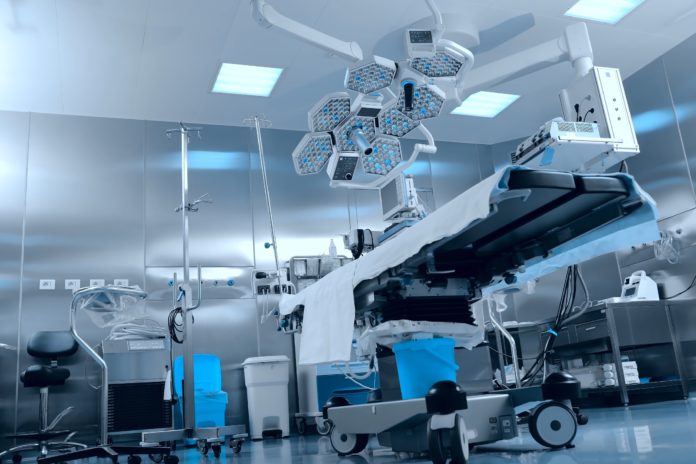By Michael Gotlieb
Technology giants like Google, Apple and Microsoft are moving into healthcare technology as opportunities emerge in a growing market. Healthcare organizations are going through a digital transformation with administrators under pressure to introduce innovative solutions into their hospital infrastructure.
As Apple’s CEO Tim Cook stated when he introduced the Apple Watch, “healthcare is big for Apple’s future.”
In addition to mobile devices, other disruptive technologies like artificial intelligence and robotics (for surgery and as service robots) have immense potential for increasing hospital efficiencies, reducing costs and improving patient outcomes.
An emerging technology that’s poised to make its way into hospitals is wireless power. Wireless power technology for the consumer market started back in the 1990s with the electric toothbrush. Since then, it has shifted into commercial applications such as mobile phones, as industries are turning to wireless power to reduce battery anxiety and the use of cables and connectors.
Battery power is consistently identified as an issue in clinical settings – and with good reason. Poor battery management can knock medical devices out of action and compromise patient care. It can also cost hospitals a lot of money, not to mention causing battery anxiety. Similarly, charging cables and cords open up the possibility of people tripping over them, or bending to plug them in, thereby risking injury or worse; forgetting to plug them in altogether. From a health and safety perspective, reducing the number of cables and cords can improve the safety and efficiency of healthcare workers.
Mobile access to medical equipment is becoming more important than ever before. Medical carts, diagnostic equipment, hospital beds and medical monitors are constantly moved between locations in a hospital and require a reliable charging source. “Has anyone seen the power cord?” “Is this charged?” I bet this sounds familiar.
Medical equipment manufacturers are paying attention to wireless power and finding ways to integrate it into their next-generation products. Breakthroughs in wireless power technology are enabling it to do more and go further. In much the same way that our phones and televisions are ‘smart,’ Solace is building intelligence into the next generation of wireless power technology, and healthcare environments can leverage this built-in intelligence to increase operational efficiencies.
Medical carts, hospital beds, power wheel chairs, automated cleaning robots and surgical instruments are just some of the equipment using this leading-edge technology. And we can expect to see a lot more.
Take the example of a critically-ill patient being cared for with the help of multiple electronic monitors and pumps. With wireless power, the patient can be easily moved between medical units for tests and procedures. There will be no issues with battery drainage and plugging in multiple devices when the patient is being moved. The entire time the patient is being moved, the electronic monitors are being ‘trickle’ charged using wireless power with charging spots set up in stations in the hospital.
“Medical technologies are bringing benefits to the healthcare industry, resulting in greater operational efficiencies,” says Dr. Greg Browne, Vascular Surgeon at St. Clare’s Mercy Hospital in St. John’s. “Ensuring that the equipment that doctors and nurses use to care for and monitor patients is charged as it is moved around the hospital, is something we depend on. If some of the devices and equipment can be charged using wireless power, it would certainly be a benefit.”
Today, a hospital room with a wireless power transmitter can replace or extend a wall receptacle powering medical equipment by merely setting the device near the power plate so physicians and patient care teams don’t need to worry about making an effort to charge equipment. The work we’re doing in our power electronics lab is taking wireless power to new levels by combining proximity sensing, data communications and wireless power into a single utility.
The hospital of the future will have multiple applications powering wirelessly, performing the function that’s expected of them – without staff stressing about battery status.
The nature of wireless power technology makes it easy to integrate into existing applications with a high safety rating. The non-heating of metal, capacitive sensing, delivery of high power levels and other performance characteristics, make it practical for users to take advantage.
You can expect to see more medical equipment with built-in wireless power charging in the future. The impact of this disruptive technology will be positive. Staff will use the equipment will use it as they always have without having to worry about power outlets and batteries.
Michael Gotlieb is the CEO of Solace Power, a Canadian developer of next-generation wireless power solutions. For more information, visit www.solace.ca.




